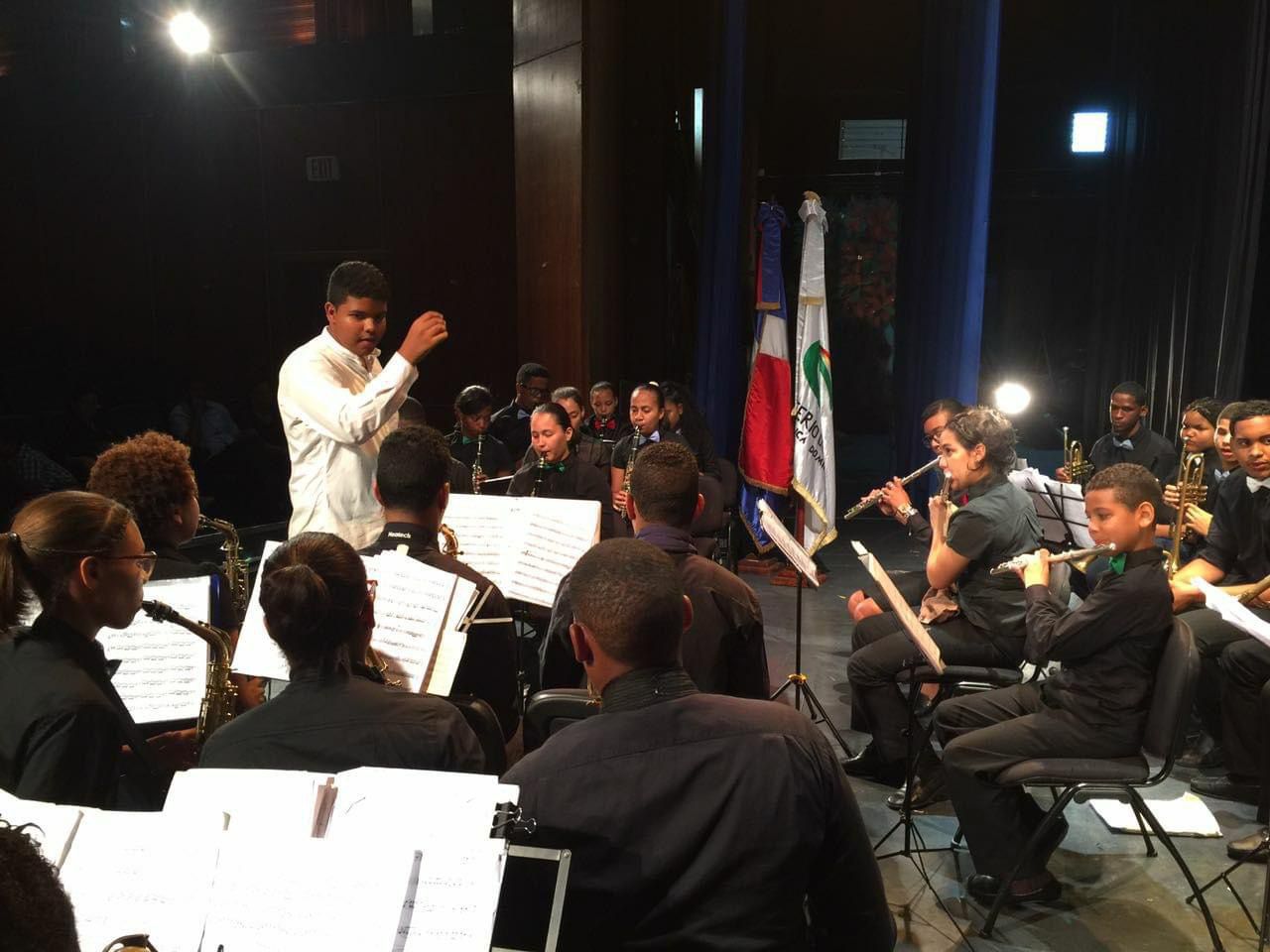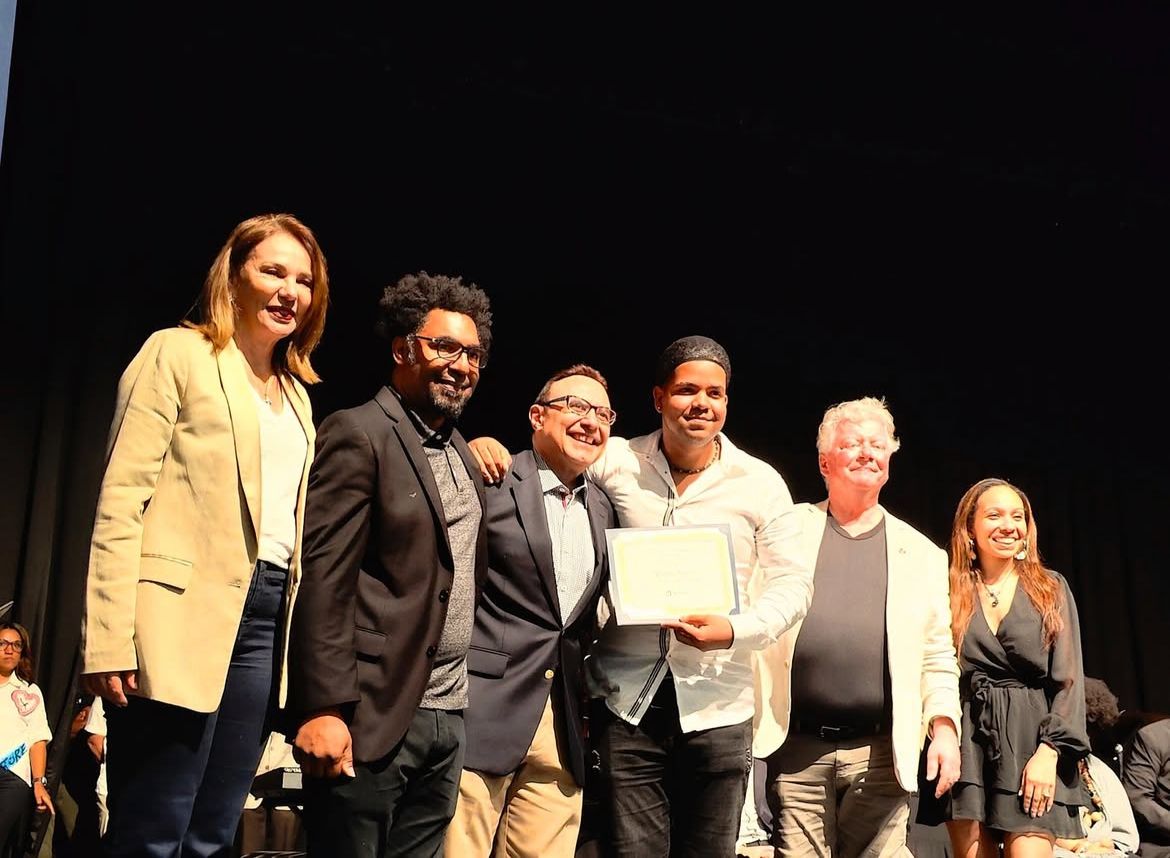We recently connected with Alejandro Taveras and have shared our conversation below.
Hi Alejandro, thanks for joining us today. When did you first know you wanted to pursue a creative/artistic path professionally?
First of all, I come from a very musical family (on my mother’s and father’s side). Coming from a family of musicians brings a lot of expectations. On the one hand, it’s natural, as you’re not the first one to get into this discipline, and the family is adapted to this lifestyle, which is reflected in your exterior and those around you. On the other hand, it’s a responsibility to continue a legacy that is passed down from generation to generation, becoming stronger and stronger, and indirectly, you feel the responsibility to increase the reputation.
Music has always been a part of my life. I used to watch my father practice the piano before going to rehearsals. My maternal grandfather, as usual, plays the trumpet every afternoon after having his coffee, and these events were what caught my attention enough to play that piano of mine for the first time. My father was amazed, as he was surprised to see me play the piano for the first time on my own initiative. After several years of attending their rehearsals, I noticed that I was getting closer and closer to observing the saxophone. I was struck by its tone, its texture and physical form, and the function it fulfills in these Caribbean genres. I expressed this admiration of mine for the instrument to my father on several occasions, until he bought me one, and it was at that moment that I met the love of my life and decided to pursue this artistic career.


As always, we appreciate you sharing your insights and we’ve got a few more questions for you, but before we get to all of that can you take a minute to introduce yourself and give our readers some of your back background and context?
Since I am from the Dominican Republic, the musical genre that proudly represents me is Merengue, which I have been working on since my beginnings, first by listening to it at home, then by applying and practicing it on the instrument. After 1 and a half years of practicing the saxophone, my father decided to prepare me to apply to the conservatory, which I entered when I was 11 years old. At the conservatory, I began to learn about academic music/classical music and jazz. During my years as a conservatory student, I was a saxophonist in many musical organizations, such as symphony orchestras, wind ensembles, jazz big bands, Caribbean music big bands (playing genres such as Merengue, Bolero, Cha-Cha-Cha, Ballad, Salsa) and chamber music. This has allowed me to develop stylistic and stage versatility, something that identifies me as a musician and something I continue to work on to eliminate musical boundaries. Also in these settings, thanks to the very atmosphere of the conservatory, when we were studying in the afternoons, during my breaks I saw my friends studying their instruments, in this way I began to adapt myself audibly to the timbre and basic technique of each instrument they played, allowing me to understand their instrument and thus gradually awakening my path towards conducting.


What do you find most rewarding about being a creative?
I think that art is an extension of the human being. Creativity should not be forced, just like our nature as human beings. It only is and will be in its most relaxed degree. We should all have creative freedom as well as freedom of expression, in this way, you find people who are similar to your tastes and perhaps even better, inspire another person to develop their own path starting from yours. Our art is one, it is the part of humanity that we can directly relate to our feelings. It is an unrestrained form of expression that allows us to express descriptions that are more acute than words. Art is a sensory message not suitable for people disconnected from humanity in its most sensitive state. We all have our means of expression in art, it is like shouting between yellow, blue and green.


In your view, what can society to do to best support artists, creatives and a thriving creative ecosystem?
One way that helps us all is by creating the right public education environments, since this discipline requires dedication and economic costs in training. On the other hand, creating public activities that encourage young talents to perform in public, thus making people appreciate local talent, increases cultural mobility, and leaves seeds in those people that generate a big enough inspiration to start the path to freedom.
Contact Info:
- Instagram: @alejandrotavmed https://www.instagram.com/alejandrotavmed/profilecard/?igsh=MWhoOWFoMXNtanptMQ==
- Facebook: Alejandro Taveras
- Youtube: Alejandro Taveras


Image Credits
no


